Benefits of Three Phase Prepayment Electricity Meter
The evolution of prepaid metering has led to significant advancements in energy management. 3 phase prepaid meters offer numerous benefits over traditional postpaid systems. Firstly, they empower consumers to actively monitor their energy usage, encouraging responsible consumption. By providing real-time updates on energy consumption patterns, these meters enable users to optimize their energy usage and reduce wastage.
Another advantage of 3 phase prepaid meters is the elimination of manual meter readings. Traditional systems often rely on periodic visits from technicians for meter readings, which can be time-consuming and prone to human errors. With prepaid meters, consumers can conveniently recharge their accounts online or through various payment channels, helping maintain a seamless energy supply.
Factors Influencing the Cost of 3 Phase Prepaid Meters
When considering the installation of a 3 phase prepaid meter, it is essential to evaluate the associated costs. Several factors influence the overall price of these meters. Firstly, the brand of the meter plays a crucial role. Renowned brands that offer advanced features may come with a higher price tag. However, it is essential to consider a reliable and reputable brand to ensure durability and efficient functionality.
Furthermore, the complexity of the installation process can impact the cost of 3 phase prepaid meters. Specialized expertise may be required to set up these meters properly and integrate them into the existing electrical infrastructure. Additionally, the number of phases required can also influence the overall cost. While single-phase prepaid meters are suitable for households, commercial and industrial establishments typically require 3 phase prepaid meters to support higher energy demand.

 EN
EN
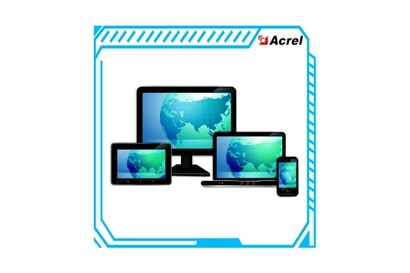
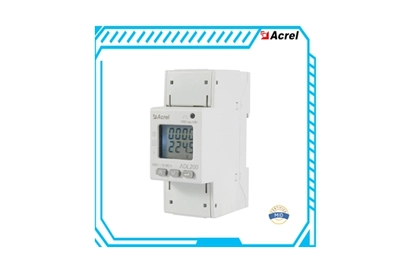

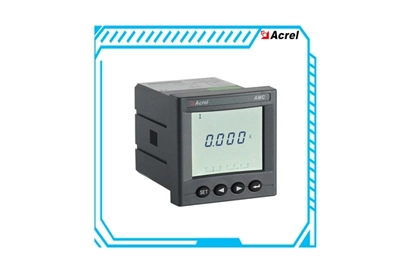


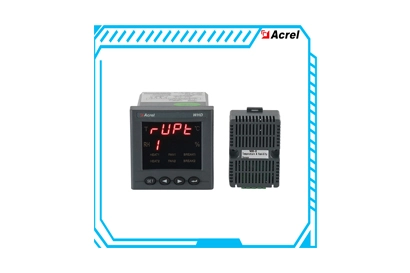
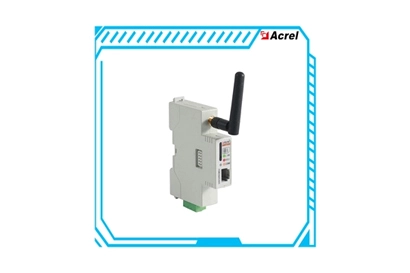
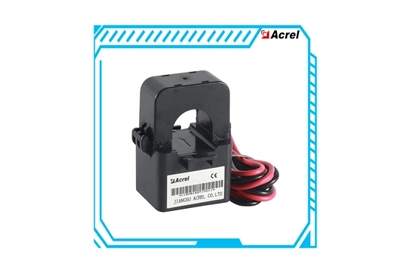
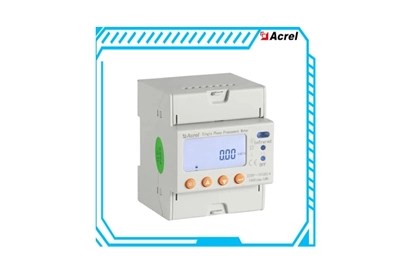

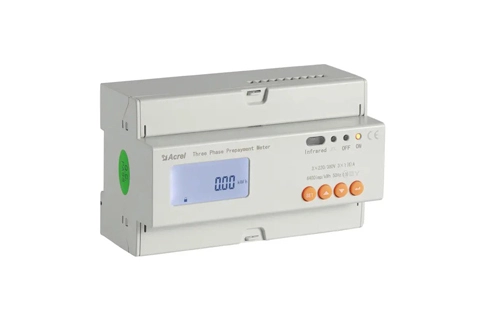

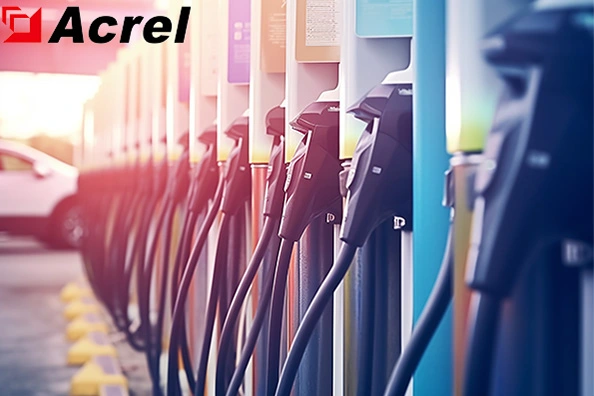
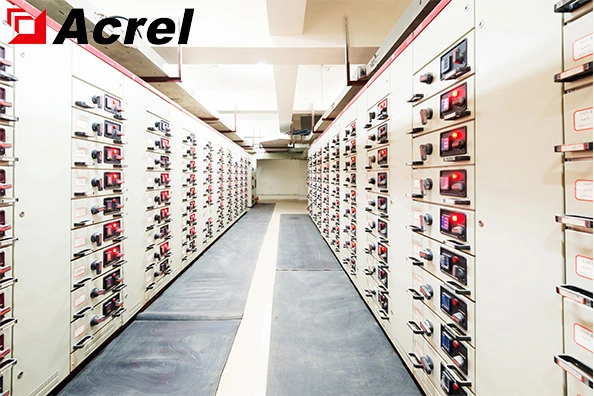
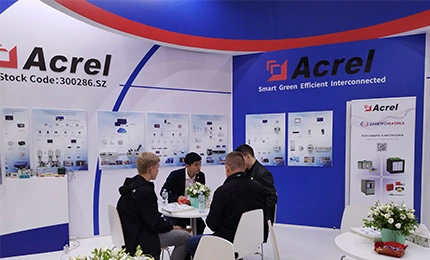


 Call us on:
Call us on:  Email Us:
Email Us:  No. 253, Yulv Road, Jiading Zone, Shanghai, China
No. 253, Yulv Road, Jiading Zone, Shanghai, China 

